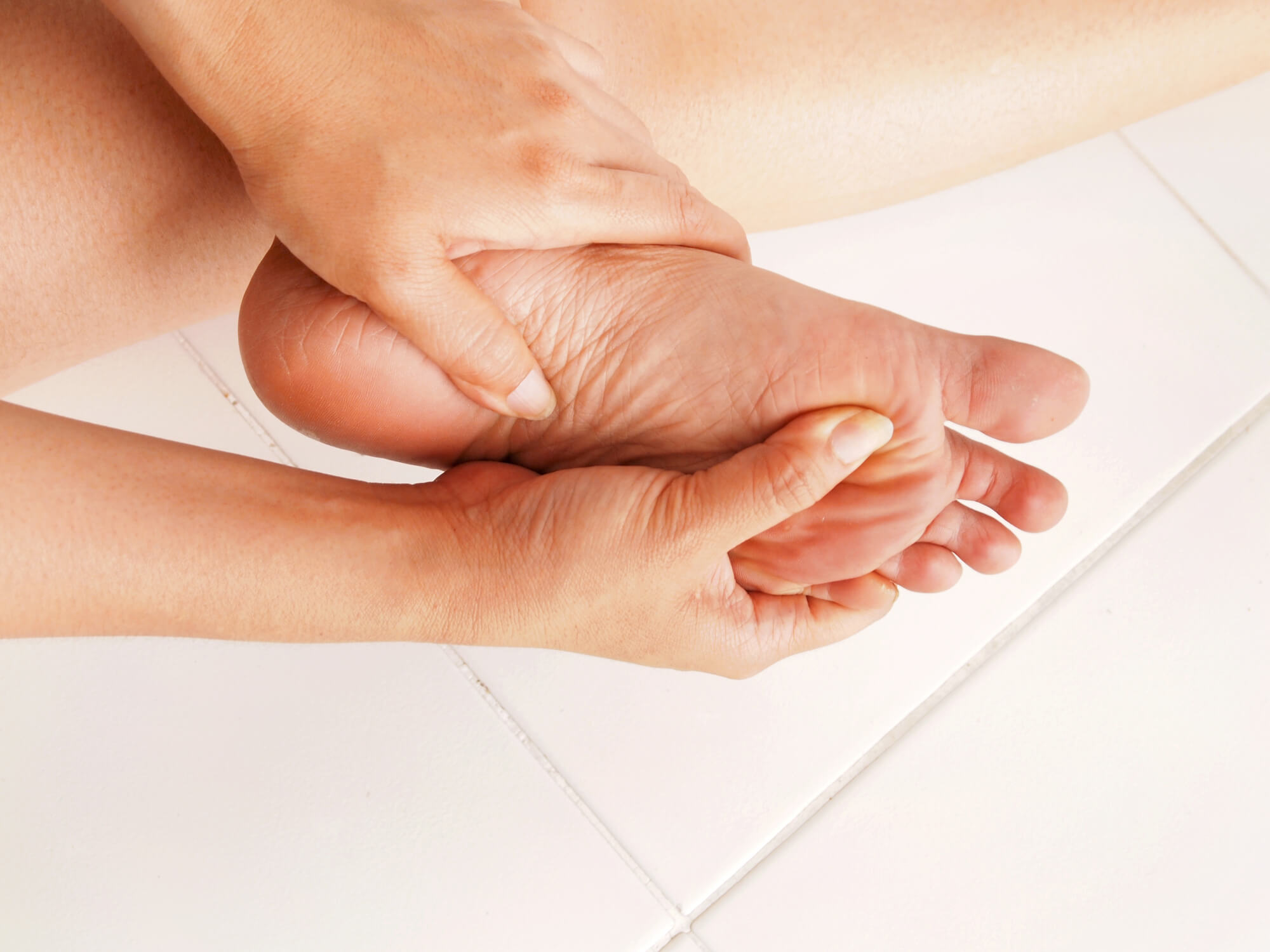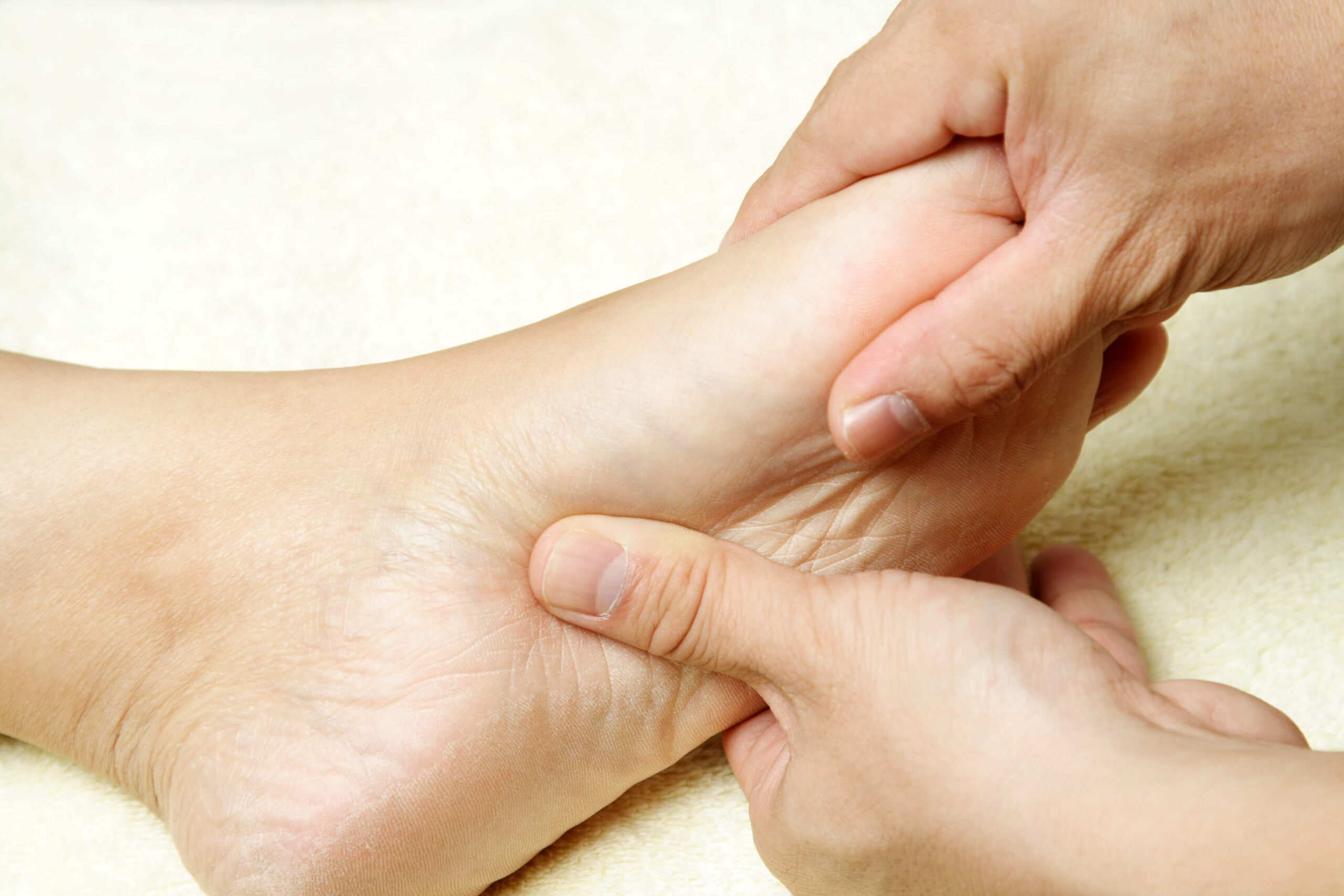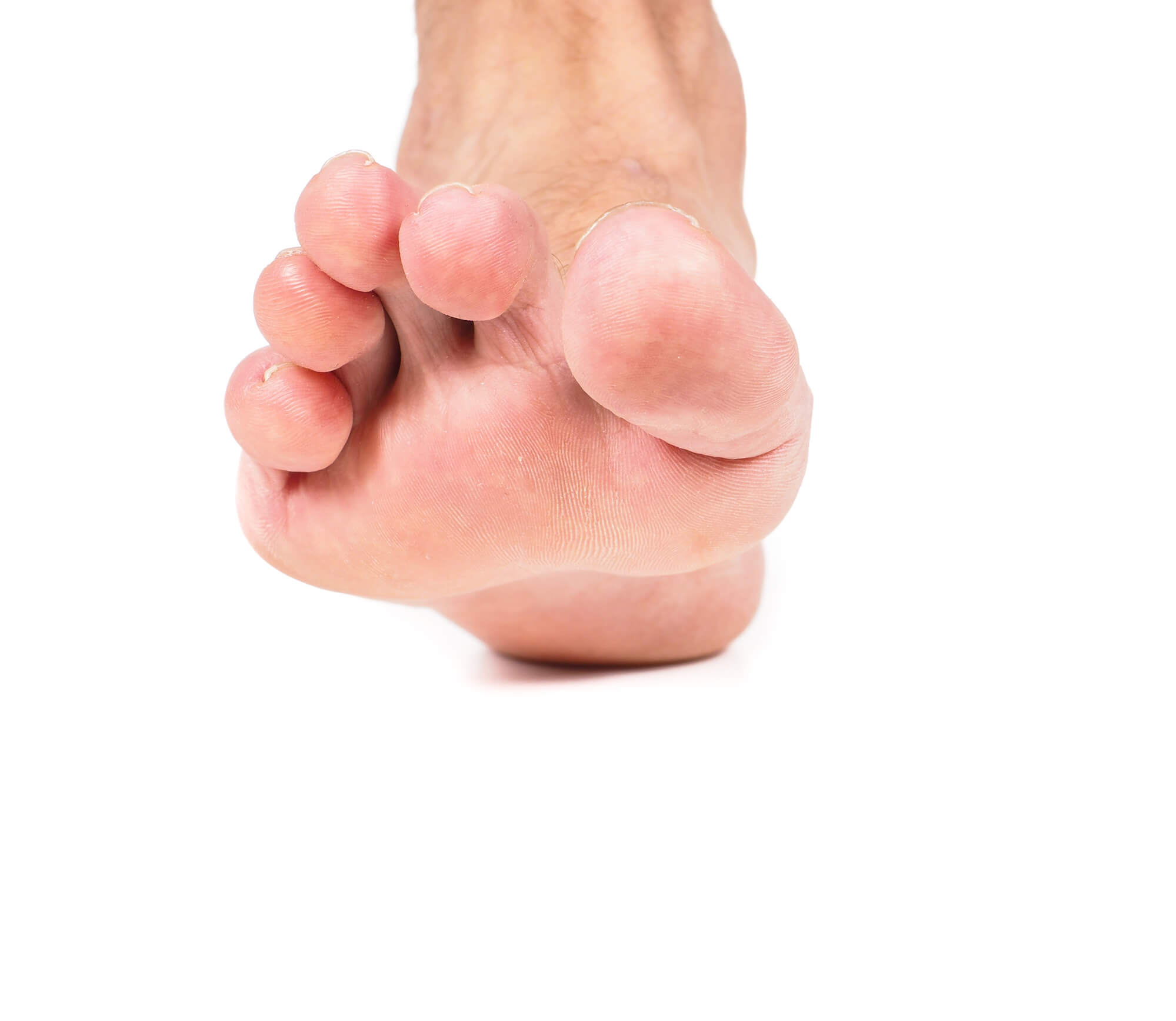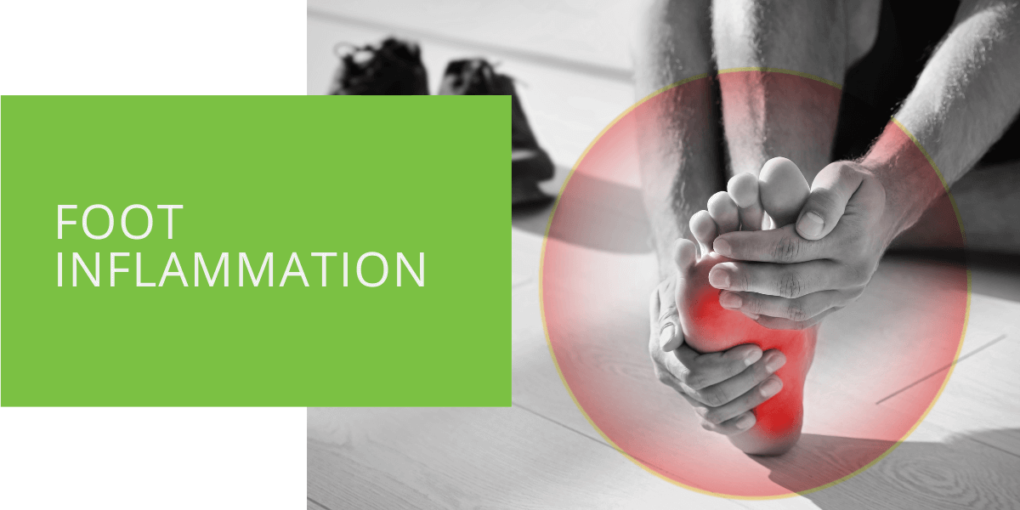Understanding and Treating Foot Inflammation
Foot inflammation, also known as foot pain, is a common condition that affects many people. Various factors, including overuse, injury, and certain medical conditions, such as arthritis, can cause it. The pain and discomfort associated with foot inflammation can range from mild to severe, making it difficult for individuals to perform their daily activities.
Podiatrists diagnose and treat foot and ankle conditions, including foot inflammation. This article will provide an overview of the causes, symptoms, and types of foot inflammation, as well as the diagnostic and treatment options available from a podiatrist.
What is Foot Inflammation?
Foot inflammation, also known as foot pain, is a condition characterized by pain, swelling, and stiffness in the feet. It can affect any foot part, including the heel, arch, and toes. The pain and discomfort associated with foot inflammation can range from mild to severe, making it difficult for individuals to perform their daily activities.
Causes of Foot Inflammation
Foot inflammation can be caused by a variety of factors, including:
- Overuse: Repetitive motions, such as running or standing for long periods, can cause inflammation in the foot.
- Injury: A sprain, strain, or another injury to the foot can cause inflammation.
- Medical conditions: Certain medical conditions, such as arthritis, can cause inflammation in the foot.
- Wearing improper shoes: Wearing shoes that do not fit properly or provide enough support can cause inflammation.

Symptoms of Foot Inflammation
The symptoms of foot inflammation can vary depending on the cause and severity of the condition. Some common symptoms include:
- Pain: Pain is the most common symptom of foot inflammation. It can be felt in any part of the foot, including the heel, arch, and toes.
- Swelling: Swelling can occur in the affected area of the foot.
- Stiffness: The affected area of the foot may feel stiff or difficult to move.
- Redness: The affected area of the foot may appear red or warm to the touch.
Common Types of Foot Inflammation
Several common types of foot inflammation can occur, including:
Plantar Fasciitis
Plantar fasciitis is a common condition that causes pain in the heel and arch of the foot. It is caused by inflammation of the plantar fascia, a band of tissue that runs along the bottom of the foot. The pain associated with plantar fasciitis usually worsens in the morning and can improve with activity.
Achilles Tendinitis
Achilles tendonitis is a condition that causes pain in the heel and back of the ankle. It is caused by inflammation of the Achilles tendon, which connects the calf muscle to the heel bone. The pain associated with Achilles tendinitis usually worsens with activity and improves with rest.
Bursitis
Bursitis is a condition that causes pain in the heel and ankle. It is caused by inflammation of the bursa, a fluid-filled sac that cushions the heel bone. The pain associated with bursitis usually worsens with activity and improves with rest.

Diagnosis and Treatment of Foot Inflammation
Diagnosis
A podiatrist is a specialist in diagnosing and treating foot and ankle conditions, including foot inflammation. A podiatrist will take a thorough medical history and conduct a physical examination of the affected foot. They may also order imaging tests, such as X-rays or MRI, to confirm the diagnosis and rule out other possible conditions.
Treatment
Treatment for foot inflammation depends on the cause and severity of the condition. Some common treatment options include:
- Rest: Resting the affected foot can help reduce inflammation and pain.
- Ice: Applying an ice pack to the affected area can help reduce inflammation and pain.
- Anti-inflammatory medication: Over-the-counter medications, such as ibuprofen, can help relieve pain and reduce inflammation.
- Physical therapy: Physical therapy exercises can help improve flexibility and strength in the affected foot.
- Shoe inserts: Wearing shoes with inserts, such as orthotics, can help provide extra support and cushioning for the affected foot.
- Surgery: In rare cases, surgery may be necessary to treat severe or chronic foot inflammation.

Prevention of Foot Inflammation
There are several ways to prevent foot inflammation, including:
- Wearing proper shoes: Wearing shoes that fit properly and provide enough support can help prevent foot inflammation.
- Stretching: Stretching before and after physical activity can help prevent overuse injuries and inflammation.
- Maintaining a healthy weight: Carrying extra weight can stress the feet, leading to inflammation.
- Taking breaks: Regular breaks when standing or walking for long periods can help prevent overuse injuries and inflammation.
When to See a Podiatrist
If you are experiencing foot pain or inflammation, you must see a podiatrist. They can help diagnose the cause of your pain and provide the appropriate treatment. Additionally, if your pain is severe or if over-the-counter treatments and home remedies do not provide relief, it is important to see a podiatrist. They can also help prevent future injuries and inflammation through proper diagnosis and treatment.
Conclusion
Foot inflammation, also known as foot pain, is a common condition that affects many people. Various factors, including overuse, injury, and certain medical conditions, such as arthritis, can cause it. Podiatrists diagnose and treat foot and ankle conditions, including foot inflammation.
Treatment options for foot inflammation include rest, ice, anti-inflammatory medication, physical therapy, shoe inserts, and in rare cases, surgery. Several ways to prevent foot inflammation include wearing proper shoes, stretching, maintaining a healthy weight, and taking regular breaks. If you are experiencing foot pain or inflammation, you must see a podiatrist. They can help diagnose the cause of your pain and provide the appropriate treatment.
FAQ
How do I relieve inflammation in my feet?
There are several ways to relieve inflammation in your feet. Rest is the first step in treating foot inflammation, allowing the body to heal itself. You should also apply ice to the affected area for 20 minutes several times a day. Over-the-counter anti-inflammatory medication, such as ibuprofen, can also help to reduce inflammation and pain. Physical therapy exercises, such as stretching, can also help to relieve inflammation in your feet. In addition, wearing proper shoes and shoe inserts can help to relieve pain and reduce inflammation. Suppose over-the-counter treatments and home remedies do not provide relief. In that case, it is important to see a podiatrist, who can provide the appropriate treatment to help relieve pain and reduce inflammation.
What causes inflammation in the feet?
Various factors, including overuse, injury, and certain medical conditions such as arthritis, can cause foot inflammation. Wearing shoes that do not fit properly, standing or walking for long periods, and being overweight can also cause inflammation in the feet. In addition, certain medical conditions, such as diabetes and rheumatoid arthritis, can also cause inflammation in the feet. If you have any underlying medical conditions, it is important to consult a podiatrist, who can help diagnose the cause of your pain and provide the appropriate treatment.
What is inflammation in the foot called?
Foot inflammation can have different names depending on the specific condition. Some common conditions that cause foot inflammation include plantar fasciitis, heel spurs, and tendonitis. Plantar fasciitis is inflammation of the plantar fascia, a band of tissue that runs along the bottom of the foot, connecting the heel bone to the toes. Heel spurs are bony growths that develop on the heel bone. Tendonitis is inflammation of the tendons that attach the muscles to the bones.
What does inflammation in the feet feel like?
Foot inflammation can cause various symptoms, including pain, swelling, stiffness, and redness. The pain may be sharp or dull and may be felt in the heel, arch, or other areas of the foot. The affected area may be swollen and tender to the touch. In addition, stiffness and a limited range of motion may be felt in the affected area.
How do you know if your foot is inflamed?
You may have inflammation if you are experiencing pain, swelling, stiffness, and redness in your foot. It's also important to note that if you are experiencing severe pain or over-the-counter treatments, home remedies do not provide relief. You must see a podiatrist. Early diagnosis and treatment can help prevent future injuries and inflammation and reduce pain. In addition, it is important to consult a podiatrist if you are experiencing chronic pain and inflammation. They will help you find the underlying cause of the problem and provide the appropriate treatment to prevent a recurrence.

